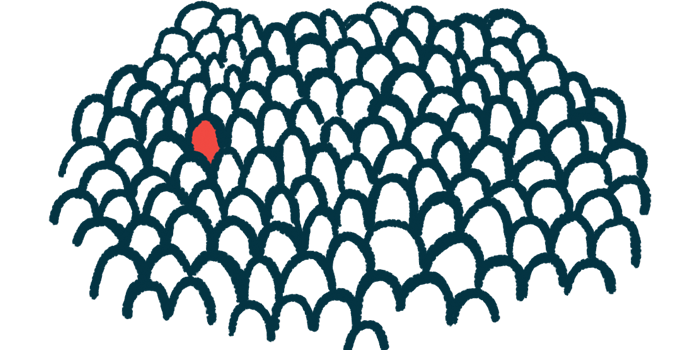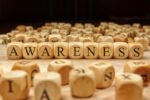Don the Purple for Epilepsy Awareness in November
Written by |

Sporting purple gear and sharing personal stories, supporters are observing National Epilepsy Awareness Month in November to call attention to epilepsy and associated disorders, such as Dravet and Lennox-Gastaut syndromes.
More than 65 million individuals globally live with the central nervous system disorder. One-third of those experience uncontrollable seizures.
The Epilepsy Foundation has a host of ways people can show support for this year’s campaign, themed #RemoveTheFilter.
“During National Epilepsy Awareness Month (NEAM) in November, join the Epilepsy Foundation as we #RemoveTheFilter and highlight not only the challenges that people with epilepsy may face, but the importance of creating awareness to support the more than 3.4 million people with epilepsy nationwide,” the foundation writes on its Awareness Month webpage.
“Use the power of your journey to make a difference,” it adds.
The foundation’s webpage is offering facts about epilepsy: 10% of people will experience a seizure in their lifetime, and 1 in 26 will develop epilepsy. Some 470,000 U.S. children live with epilepsy, a disorder that gets 10 times less funding than other brain conditions.
Patients and their families, friends, and caregivers are also encouraged to share their stories so that people can better understand the community and what it’s like to live with epilepsy. Submissions — words, videos, or photos — will be posted on the organization’s eJourney Community Blog.
During the month, supporters may also take advantage of the organization’s Seizure First Aid Ready course that includes animation, videos, and activities. After completing it, participants will be able to recognize common seizures, identify the proper steps to assist a person experiencing a seizure, and know when calling for emergency help is necessary.
This year, the Epilepsy Foundation has a variety of ways that children can participate in NEAM efforts. They can, for example, don something purple — the official color for epilepsy — and share epilepsy facts with friends and schoolmates.
Youngsters can also create a poster or flyer that includes epilepsy facts and get their teacher to post it in class or elsewhere in the school. Other ideas include giving a short school presentation about epilepsy, texting friends or family members epilepsy facts, planting purple flowers, and using purple chalk to make drawings on their sidewalk or driveway.
In addition, young people can raise awareness and funds for the epilepsy community by joining the Purple Pumpkin Project and painting their orange pumpkin patch purple.
The organization is also encouraging supporters to follow it on social media and switch out their Facebook profile photo to help raise awareness. It has downloadable graphics available.
More ways to become involved include volunteering for the foundation as an Epilepsy Awareness Ambassador, as well as multiple fundraising efforts, including the Walk to END EPILEPSY and a monthlong, global #GameOverEpilepsy event. Supporters are also encouraged to come up with their own fundraising ideas, such as hosting a backyard barbecue or running a marathon.
Elsewhere, Advanced Neurosurgery Associates is marking the month by offering information about seizures and sharing stories about epilepsy. And the Northeast Regional Epilepsy Group asks supporters to help heighten awareness and celebrate those living with epilepsy. In addition, the Dravet Syndrome Foundation has special T-shirts for the month.
Dravet syndrome is thought to affect about 1 of every 15,700 individuals.







